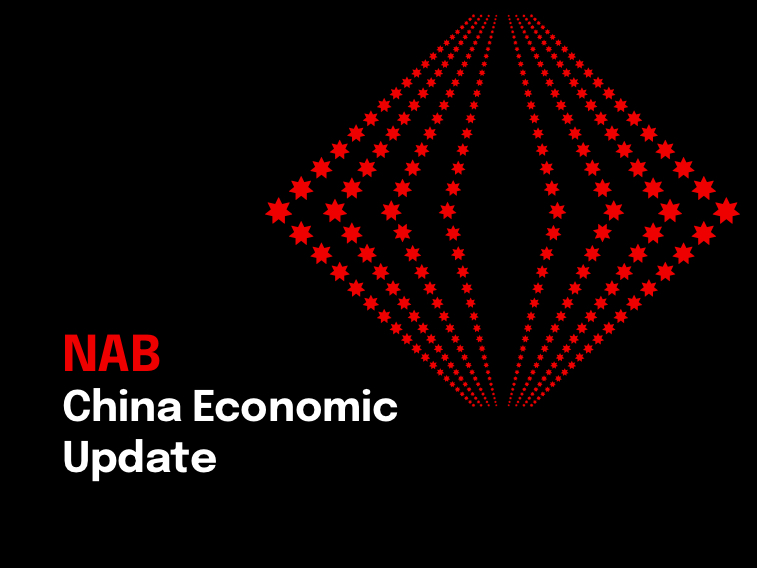China identifies its domestic problems, but can it effectively address them?


Insight
Forecasts broadly unchanged but new risks to watch.
Overview:
For further details, please see the attached document:
© National Australia Bank Limited. ABN 12 004 044 937 AFSL and Australian Credit Licence 230686.